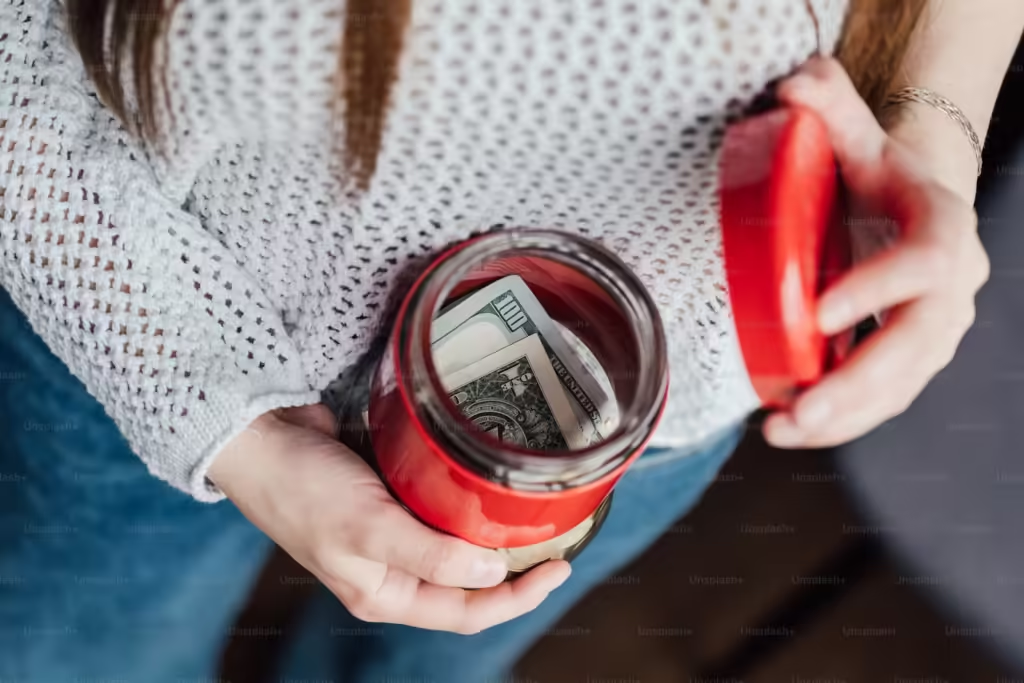The Frugal February Challenge In the USA
The Frugal February Challenge: Building Your Emergency Fund Brick by Brick
February, the shortest month of the year, can also be a springboard for your financial future. This year, let’s ditch the focus on chocolates and roses and turn our attention to something truly valuable: building a robust emergency fund. Welcome to the Frugal February Challenge!
This month-long initiative is designed to help you cut back on unnecessary expenses and supercharge your emergency savings. We’ll be tackling daily and weekly prompts, sharing tips and tricks, and fostering a supportive community where we can all cheer each other on as we reach our financial goals.
Why an Emergency Fund?
Life throws curveballs. Unexpected medical bills, car repairs, or job loss can derail even the most carefully crafted budget. An emergency fund acts as a financial safety net, providing peace of mind and the resources to navigate these challenges without going into debt.
How Much Should I Save?
The ideal emergency fund amount depends on your individual circumstances. A good starting point is 3-6 months of living expenses. If you have dependents or a particularly volatile income source, you might aim for a higher target. The key is to have enough saved to cover essential costs while you get back on your feet.
The Frugal February Challenge: Daily and Weekly Prompts
Throughout February, we’ll be sharing daily and weekly prompts to help you identify areas where you can trim your spending and redirect those funds to your emergency savings. These prompts will range from simple adjustments to your daily routine to bigger-picture strategies for reducing expenses.
Daily Prompts:
- Pack your lunch: Ditch the expensive takeout and make a delicious and healthy lunch at home. Leftovers from dinner are a great option!
- Brew your own coffee: Skip the daily latte run and invest in a reusable coffee filter and some ground coffee beans. You’ll save money and reduce waste.
- Walk, bike, or take public transportation: Can you ditch the car for some errands or your daily commute? This will save on gas and parking costs.
- Skip the impulse buys: Avoid impulse purchases by implementing a waiting period before buying non-essential items. Ask yourself, “Do I really need this?” and sleep on it before making a decision.
- Utilize free entertainment: There are plenty of free ways to have fun! Visit your local library for books, movies, and events. Explore free museums, parks, or hiking trails in your area.
- Challenge yourself to a “no-spend” day: Pick a day (or two!) where you avoid any unnecessary spending. This can be a great way to reset your spending habits and become more mindful of your purchases.
Weekly Prompts:
- Meal planning and grocery shopping challenge: Plan your meals for the week and create a grocery list based on your plan. Stick to the list and avoid impulse purchases at the store.
- Audit your subscriptions: Review all your monthly subscriptions (streaming services, gym memberships, etc.) and cancel anything you no longer use.
- Negotiate your bills: Don’t be afraid to call your internet provider, phone company, or even your gym and try to negotiate a lower rate.
- Host a game night or potluck dinner at home: Gather your friends and family for a fun night in. Everyone can bring a dish to share, eliminating the cost of going out.
- De-clutter and sell: Declutter your home and sell unwanted items online or at a local consignment shop. Turn those unused items into cash for your emergency fund.
- Challenge yourself to a “no-buy” week: For a whole week, abstain from buying anything non-essential. This is a great way to test your willpower and see how much you can save.

Building a Community
The Frugal February Challenge is all about supporting each other. Feel free to leave comments below this blog post sharing your progress, challenges, and tips. You can also use the hashtag #FrugalFebruaryChallenge on social media to connect with others participating in the challenge.
Tracking Your Progress:
To stay motivated, track your progress throughout the month. There are several ways to do this:
- Create a spreadsheet: List your daily/weekly savings goals and track your progress.
- Use a budgeting app: Many budgeting apps allow you to set goals and track your spending.
- The good old-fashioned jar: Decorate a jar and label it “Emergency Fund.” Each time you save money from a challenge, add some coins or cash to the jar. Visually seeing your progress can be a great motivator.
Beyond February: Sustainable Saving Strategies
The Frugal February Challenge is a fantastic kickstart to your emergency savings journey. But building a robust financial safety net is a marathon, not a sprint. Here are some sustainable saving strategies to incorporate into your everyday life beyond February:
- Automate your savings: Set up automatic transfers from your checking account to your savings account each payday. This “pay yourself first” approach ensures you’re consistently building your emergency fund without having to think about it.
- Embrace the 52-week challenge: This popular savings strategy involves saving a specific amount each week for a year. The amount increases by $1 each week, starting with $1 in week one and reaching $52 in week 52. By the end of the year, you’ll have saved a significant amount towards your emergency fund.
- Turn your spare change into savings: There are several apps that round up your everyday purchases to the nearest dollar and deposit the difference into your savings account. Every little bit counts!
- Explore high-yield savings accounts: Consider putting your emergency fund in a high-yield savings account. While these accounts typically have lower interest rates than traditional investment accounts, they offer more growth potential than a regular savings account.
- Reassess your budget regularly: Your financial situation can change over time. Review your budget regularly (quarterly or annually) to ensure you’re allocating your income effectively and saving enough towards your emergency fund.
Additional Tips and Motivation
- Find your “why”: Having a clear purpose for your emergency fund can be a powerful motivator. Visualize what you’re saving for – peace of mind, protecting your family, weathering unexpected storms. Let this vision fuel your commitment to saving.
- Reward yourself: Acknowledge your progress! Set milestones for yourself and celebrate achieving them with a small reward (not a shopping spree!). This will help you stay motivated on your journey.
- Avoid comparing yourself to others: Everyone’s financial situation is unique. Focus on your own goals and progress, not what others are doing.
- Embrace the positive aspects of frugality: Living frugally isn’t about deprivation; it’s about making smart choices and finding joy in simple things. You might be surprised at how much you can enjoy life without unnecessary spending.
The Frugal February Challenge is an opportunity to take control of your finances and build a secure financial future. Remember, every penny saved is a step towards financial security. So, join the challenge, share your journey, and let’s build our emergency funds together, brick by brick!

Bonus: Frugal February Challenge Printables
To help you stay on track throughout the month, we’ve created some printable resources:
- Daily Challenge Tracker: Print a calendar and mark off each day you complete the daily prompt.
- Weekly Savings Tracker: Track your weekly savings goals and record your actual savings each week.
- Emergency Fund Jar Label: Print a decorative label to personalize your emergency fund jar.
NOTE :-
We believe that everyone deserves financial security. The Frugal February Challenge is just the beginning. By incorporating these tips and strategies into your everyday life, you can build a strong emergency fund and achieve your financial goals.